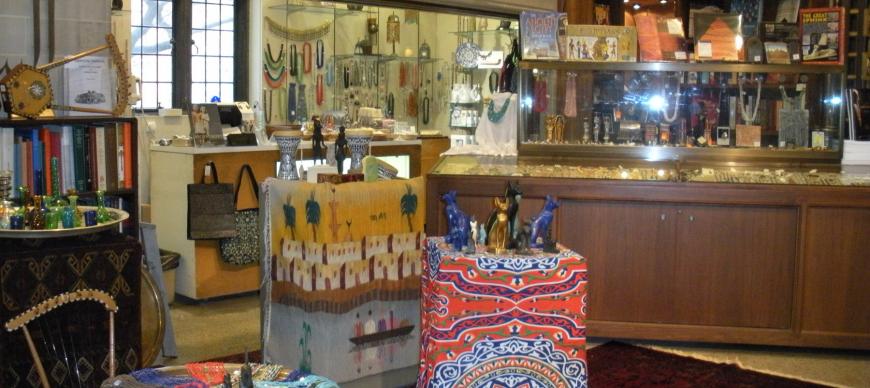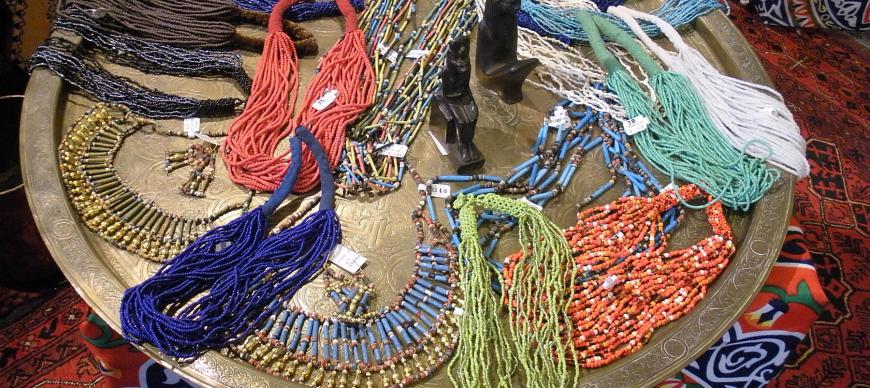The Institute for the Study of Ancient Cultures, a division of the University of Chicago, is a not-for-profit institution. All proceeds from the Museum Suq go to support departments and projects for the Institute for the Study of Ancient Cultures, particularly the Research Archives
Gifts
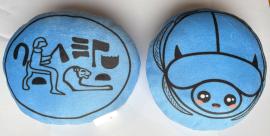
ISAC’s “Khepri” is in the form of a scarab beetle, one of the most important amulets (like a good-luck charm) from ancient Egypt. The scarab (kheper in ancient Egyptian) is the hieroglyph that means “to come into being,” and so it was worn as jewelry by both the living and the dead. Its potent symbolism comes from the observation of the beetle rolling a little ball of dung toward its nest from which its young hatch. The Egyptians equated this ball and rebirth with the orb of the sun that was reborn each day as it travelled across the sky.
ISAC’s Khepri is inspired by a scarab of the God’s Wife Hatshepsut whose name and title are written on the bottom. The scarab was made when she was the wife and queen of Thutmose II, but Hatshepsut later ruled as pharaoh from 1473–1458 BCE after the death of her husband. The scarab (ISAC E25260) was a gift to Harold Nelson, the first Field Director of the University of Chicago’s Epigraphic Survey, from his staff on his 50thbirthday in November 1928.
plushie for all ages 5" diameter
$19.50
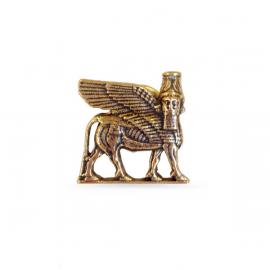
Replica of our own human headed winged bull from Khorsabad, Iraq, 721-705 BC. Part of the entrance to Sargon II throne room. pewter with antiqued gold finish. 7/8" wide. tie tack post with butterfly clasp closure
$18.50
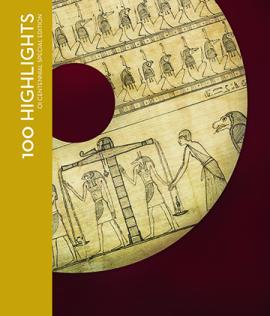
This special edition of Highlights of the Collections of the Oriental Institute Museum commemorates the 2019 centennial of the Oriental Institute and presents 100 highlights from ancient Mesopotamia, Syro-Anatolia, the Levant, Egypt, Nubia, and Persia in the collections.
Hardback, 11" x 9.5"
$79.95
Sale: $39.95
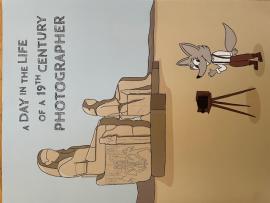
Dana the Fox leads us on a tour in the day of a 19th Century photographer. Complete with maze, line drawing, adding color, plus a glossary.
$4.95
Created for us from our own Assyrian Winged Bull. Approx. .75"
Pewter with antique gold finish Order#199354
$35.00
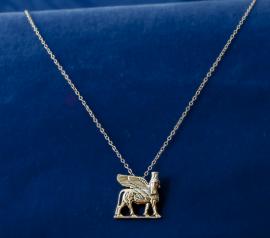
Created for us from our own Assyrian winged Bull. Approx. .75"
Pewter with antique gold finish, 18" Chain included. Spring Ring closure. Oder#199834
$39.00

The Socks of Shulgi the Runner
In a Sumerian poem king Shulgi of Ur (2094-2047BCE) claimed he had super human powers and he could worship at the temples of two different cities on the same day. Which would mean he could run 200 mph!
80% cotton/nylon blend. 20% spandex
Medium: Women US 6-10 Men US 5-9 EU 36-40.
Large: Women US 9-13 Men US 8-12.5 EU 41-47
Let us know which size you would like in the Comments
$20.00
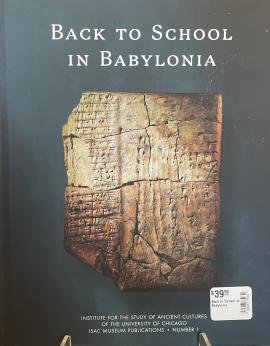
Edited by Susanne Paulus with Marta Díaz Herrera, Jane Gordon, Madeline Ouimet, Colton G. Siegmund, and Ryan D. Winters
This volume—the companion book to the special exhibition Back to School in Babylonia of the Institute for the Study of Ancient Cultures of the University of Chicago—examines education in the Old Babylonian period through the lens of House F in Nippur, excavated jointly by the University of Chicago and the University of Pennsylvania in the early 1950s and widely believed to have been a scribal school. The book’s twenty essays offer a state-of-the-art synthesis of research on the history of House F and the educational curriculum documented on the many tablets discovered there, while the catalog’s five chapters present the 126 objects included in the exhibition, the vast majority of them cuneiform tablets
$39.95
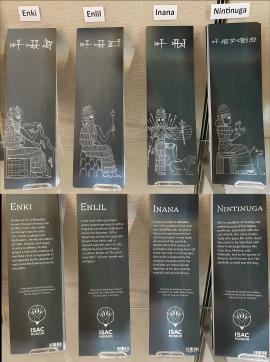
Set of 4 Bookmarks from the Back to School in Babylon Exhibit. Photos shows front and back of bookmarks. 8 x 2.5"
$6

3800 years ago in Nippur, Inanaka wants to become a scribe. Follow her as she learns to make a tablet and write her name, solve many puzzles, and prepares for a festival with the help of her dog, Tuppi.
$4.99

Thulth script that translates "the good ( or best ) people are those who help people" 2 long brass with gold finish 18" chain
$38.00

Chicago on the Nile: A Century of Work by the Epigraphic Survey of the University of Chicago, by Emily Teeter
Chicago on the Nile relates the colorful story of the University of Chicago’s Epigraphic Survey expedition to Egypt, from its conception in 1924 by the first American Egyptologist, James Henry Breasted, through its development over the course of a century to become the major scientific and social presence it is today—not just in Egypt but throughout the world.
Drawing on hundreds of letters and photos, most of them previously unpublished, the book explores the history of Chicago House,
Hardcover 488 Pp filled with photos
$39.95

Cuff links with the Egyptian Greetting, "May you live, be prosperous, be healthy". blue enamel and g/p. 5/8" diameter
$42.00
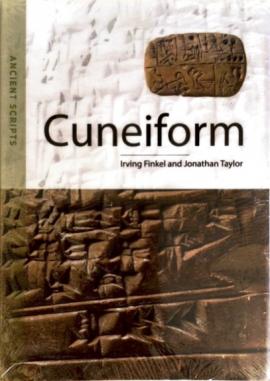
Cuneiform was arguably the oldest script in the world and was used for several different languages. This short introduction is the perfect guide to not only understanding this ancient script but also the ancient past.
Irving Finkel and Jonathan Taylor are curators of the cuneiform tablets in the British Museum
$18.95
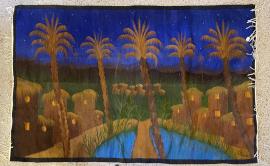
Handwoven Wool Rug made in Egypt. Exquisite blues not often seen. 6’4” x 4’9”
$1200.00

By Marie-Laure Chambrade and Jérôme Agostini, with the assistance of Marc Maillot, Kiersten Neumann, and Thomas Boudier
Most archaeological work is done on the ground, but we can also study the past from the sky. This is called aerial archaeology, and it began over a hundred years ago! Follow Dana, a young fox and archaeologist, as she explores the past through photographs of the Earth taken from an airplane, a balloon, and a drone. Learn about the history of aerial archaeology in West Asia while coloring and drawing, help Dana find her way in a labyrinth, and practice reading aerial images like an archaeologist.
- 13 pages
- Softcover
$4.99
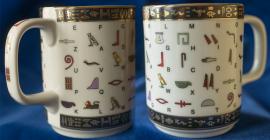
This high quality mug is Made in Egypt and is comletely covered with the hieroglyphic alphabet. You can practice your hieroglyphs with your morning coffee. Since it has gold paint, hand washing is recommended.
$15.00

A hieroglyphic alphabetic stencil, ruler in centimeters, and a papyrus bookmork all in one. You can create your own personalised papyrus bookmark using the stencils. Made in Egypt. 10.75" Colors of stencil and papyrus drawings will vary.
$5.95
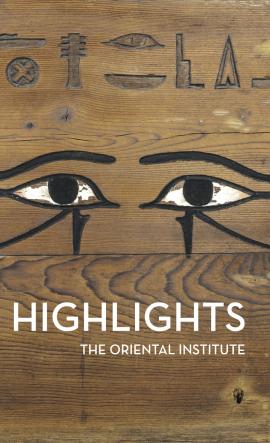
Highlights of the Collections of the Oriental Institute Museum, edited by Jean M. Evans, Jack Green, and Emily Teeter.
This guide to over 100 highlights of the collections of the Oriental Institute Museum at the University of Chicago presents objects from ancient Mesopotamia, Syria-Anatolia, the Levant, Egypt, Persia, Nubia, and objects from the Islamic collection. It features all new photography, provenance information, and a brief description of each object, as well as a history of the collections and a concordance.
152 pp., 140 illustrations (most color); soft cover, 6" x 10"
$14.95
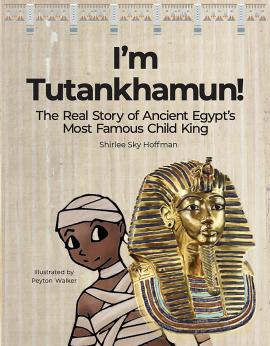
Do we really need another children's story book about Tutankhamun? Yes! This book presents the authentic, factual story of ancient Egypt's most famous child king, based on current Egyptology, plus, for those wanting to learn more, many sidebars with in-depth information and an essay about the hieroglyphs in the book.
Written by an Oriental Institute docent, who after many years of questions from children decided to write a book that answers those questions. Thoroughly researched and vetted with charming graphics.
$12.95
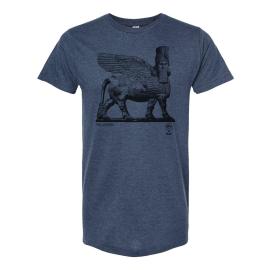
Replica of our own Lamassu, a human headed winged bull from Khorsabad, Iraq. 721-705 BC. Part of the entrance to Sargon II throne room.
Blend of 50% cotton 50%polyester.
Color Denim Heather.
Size XXL
$26.00
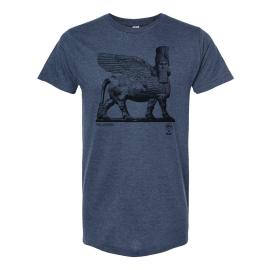
Replica of our own Lamassu, a human headed winged bull from Khorsabad, Iraq, 721-705 BC. Part of the entrance to Sargon II throne room.
Blend of 50% cotton and 50% polyester. Color Denim Heather.
Sizes XS, S, M, L, XL. Let us know what size you want in the comment section.
$22.00

From our Current Special Exhibit
Joseph Lindon Smith
The Persepolis Paintings
A set of 8 postcards 5" x 7"
Joseph Lindon Smith (American, 1863-1950) was invited to Persepolis by James Henry Breasted, founder of the Oriental Institute, to join the OI Iranian/Persian Expecition (1931-39). The goal of the excavation was to rigorously document and preserve the site for perpetuity.
$15.00
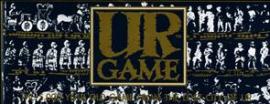
Reproduction of a game found at Ur during joint University of Pennsylvania and British Museum expeditions led by Leonard Woolley between 1924 and 1934. The originals were made with wood frames, inlaid with lapis lazuli and shell fragments.
Our game is a reconstruction, made from a sturdy painted wooden frame. Game rules are included, based on those of the original British Museum reproduction and our own research. Order # 1106
$47.00

The Senet game is played on boards simliar to those found in the tombs of Egyptian Kings such as Ramses III and Tutankhamen. The Egyptians referred to the game in hieroglyphs as one of "passages" with the movement of the pieces representing the wanderings of the soul in the underworld. The hieroglyphs on the sides of the Senet game are reproductions of hieroglyphs found on a 3,000 year-old papyrus and describe the wandering in the game. The game rules of play have been enjoyed by thousands of game enthusiasts. We believe they will give you hours of entertainment and the game will be a beautiful addition to your home.
- Includes wooden game board, playing pieces, “throw-sticks” and instructions Order # 1795
$42.00
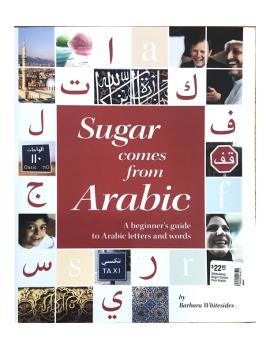
Written by Barbara Breasted Whitsides, the grandaughter of James Henry Breasted founder of the Oriental Institute. We've been told by many that this beginner's guide to Arabic letters and words is quite good, and many who have learned Arabic, wish they had started with this book. It is spiral bound and comfortably demystifies the Arabic alphabet letter by letter.
$22.00

We will miss Martyl Langsdorf whose 1987 exhibit at the Oriental Institute was enjoyed by all.
Poster 20" x 28" Order # 1786
$5.00
Children's Books
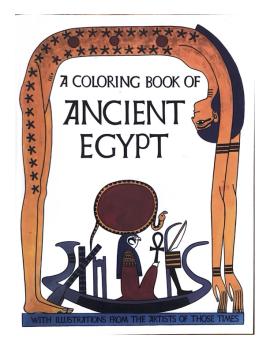
48 images to color of famous Egyptian scenes.8.5 x 11". From King Tut and Cleopatra to the dancing girls and Isis.
$5.95
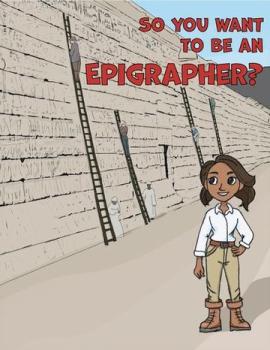
Follow a group of young epigraphers in training as they explore Egypt's past through the Epigraphic Survey's work at the site of Medinet Habu, deciphering hieroglyphs and documenting ancient Egyptian texts. While exploring the process of epigraphy, learn to write your name in hieroglyphs and help our friends preserve these valuable records of ancient Egypt.
$4.99
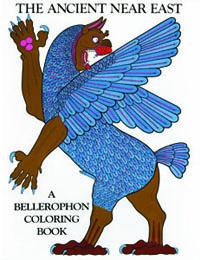
$4.95
Books
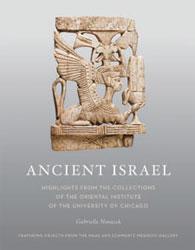
This volume details some of the most extraordinary artifacts ever excavated in the southern Levant that are on permanent display in the Oriental Institute Museum. It documents the stratigraphy of Megiddo from The Early Bronze Age to the Iron I Period and presents a selection of highlights from the Institute's greater Syro-Palestine collection.
Gabrielle V. Novacek
Oriental Institute Museum Publications 31 Order #15034
$35.00
Sale: $15.00

This is the first comprehensive study of birds in ancient Egyptian society, economy, art, and religion. Essays address the role of birds in the religious landscape, their use in hieroglyphic and Coptic scripts, birds as protective symbols, as decorative motifs, and as food. Plus a group of essays on “Egyptian Birds and Modern Science.”
Pp. 232; 210 illustrations (most in color) Order # 16388
$29.95

Catastrophe! The Looting and Destruction of Iraq's Past. Edited by Geoff Emberling and Katharyn Hanson, 2008.
This is the catalog for the Oriental Institute Museum Special Exhibit of the same name. With an introduction by Professor McGuire Gibson, this up-to-date account describes the state of the Iraq National Museum in Baghdad and chronicles the damage done to archaeological sites by illicit digging.
$34.50
Sale: $22.95
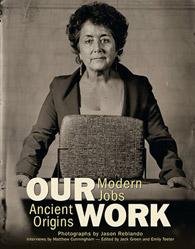
Our Work: Modern Jobs – Ancient Origins is the catalog for a photo-based exhibit that reveals that many modern professions originated in the ancient Middle East. Artifacts from the Oriental Institute Museum were paired with a baker, farmer, manicurist, brewer, poet, boat builder, judge and other professionals to show the antiquity of these jobs. The portraits are accompanied by commentary on the contributions of the ancient Middle East to life today and new insights into how members of the public view their relationship to the past. This volume will be of interest to educators, historians, and those interested in fine-arts photography.
Photographs by Jason Reblando, interviews by Matthew Cunningham, edited by Jack Green and Emily Teeter
Pp. 128; 24 tintype portraits, 46 illustrations Order # 17116
$24.95
Sale: $9.95

The Life of Meresamun: A Temple Singer in Ancient Egypt. Edited by Emily Teeter and Janet H. Johnson. 2009.
This companion volume and catalog to the exhibit of the same name traces the life of Meresamun whose mummy, dating to about 800 B.C., is one of the highlights of the Oriental Institute's Museum. The text introduces the historical and cultural setting of Egypt during her time. Essays and artifacts examine the role of music and of musicians in Egyptian temple cults, their training, and the types of musical instruments that Meresamun would have used. The life of Meresamun outside the temple is explored, with emphasis upon her social and legal status, what other professions were available to her, and what home life was like. The study of the life of this individual is augmented by forensic evidence obtained with the newest generation of CT scanners that sheds light on Meresamun's life and death.
$37.95
Sale: $22.95

